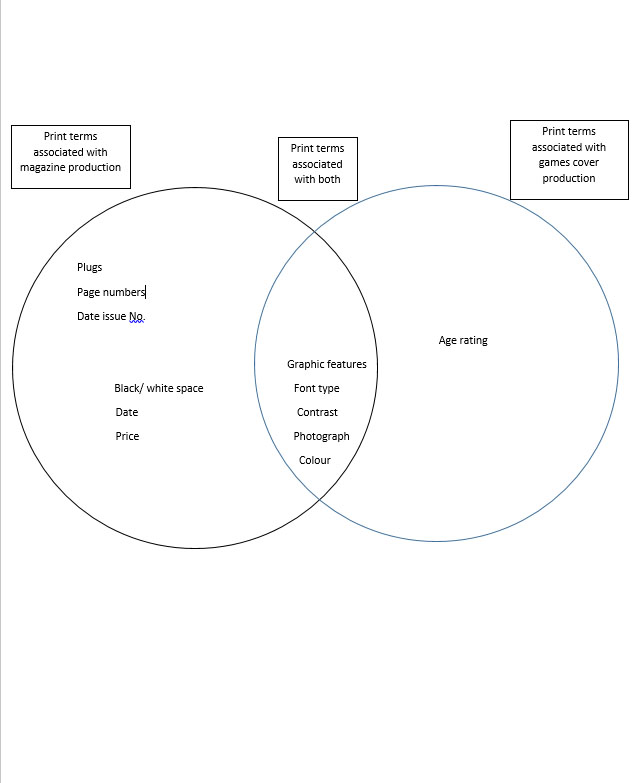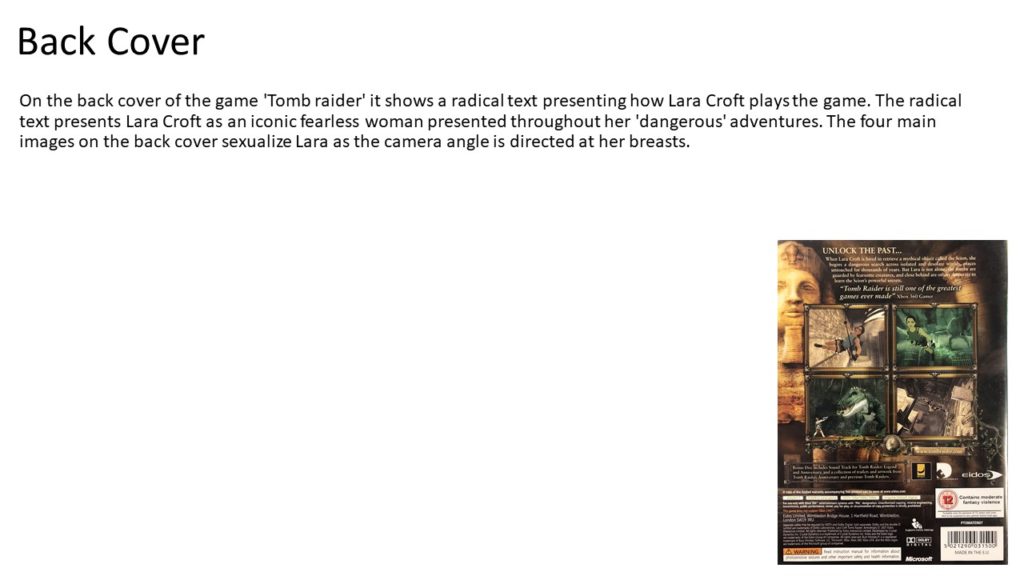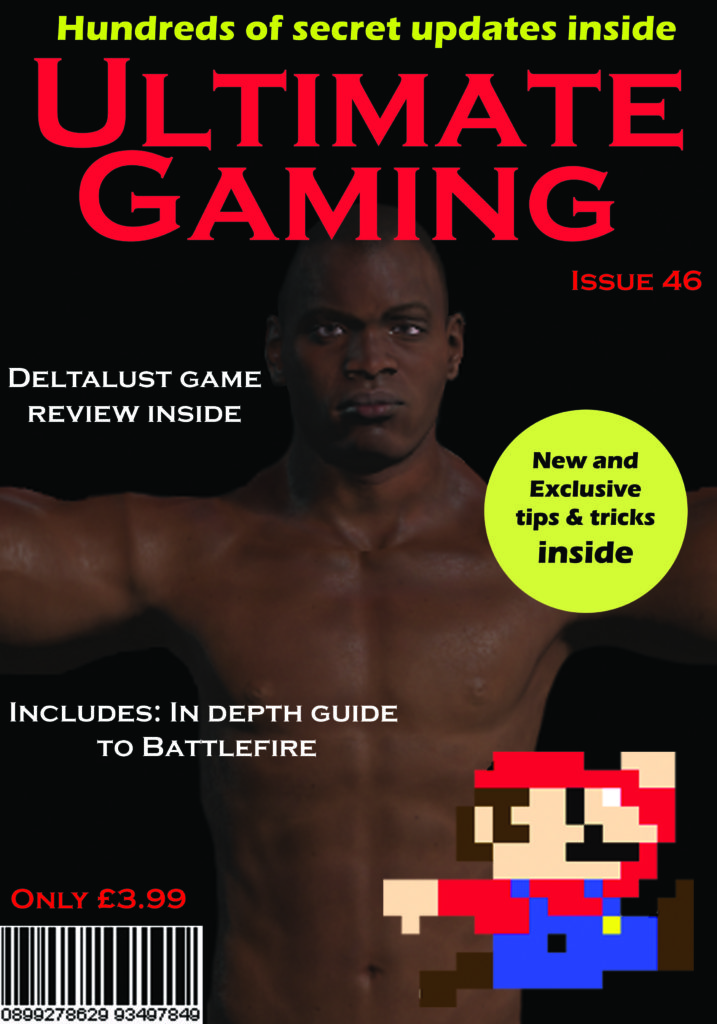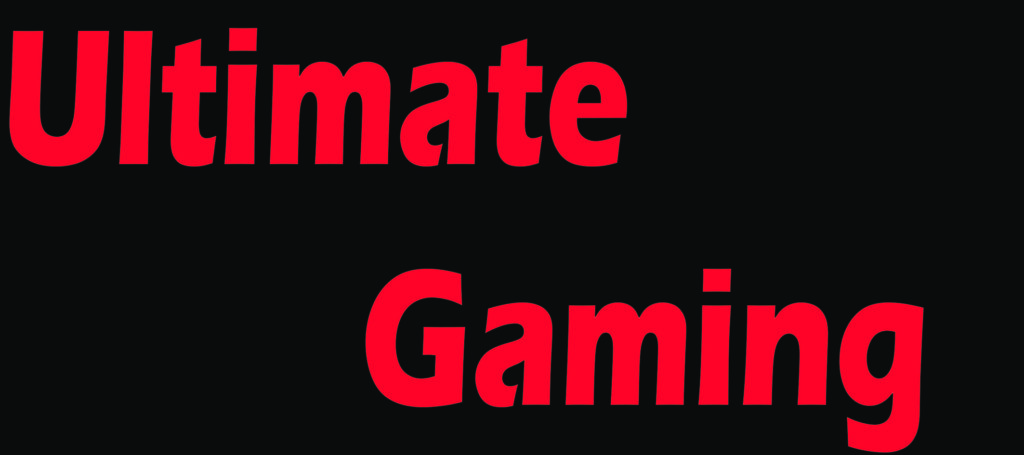In this essay I will discuss and explore how gender is represented through dominant ideology in males. After identifying how gender is represented in these two media sources, I will conclude with how they can make the main images appear either radical or reactionary to modern day life. I will consider the use of different audience and production theories in both Men’s Health magazine and Tomb Raider.
The front cover of Tomb Raider presents gender stereotypes negatively by featuring Lara Croft extremely sexualised to appeal to the intended male audience. She appears multiple times on the cover to show that she is the convention with the most importance. Lara Croft is presented sexualised by her tight fitted top and small shorts, not only this but the camera angle is intentionally pointed directly central to her butt. This reactionary game supports the negative gender stereotypes by objectifying women as making the audience view women as sex symbols rather then an average games character that they see themselves as. As well as this, in the cover Lara Croft is positioned in an awkward twisted position to exaggerate her breasts and butt. Her body in the front cover is so morphed it looks like an unrealistic version of a body. This has manipulated the audience into thinking this is normal which has been accepted by the dominant ideology. However, Tomb Raider could be seen as radical through the use of Lara Croft slaying monsters and carrying guns. This could also present Lara as a strong independent woman as usually the lead character is a male. This then presents Lara Croft as being a role model. The colours in the background are masculine feature further demonstrating that Tomb raider is aimed at males, the black and red connate danger which Lara is brave enough to face due to her power implied.
Gender is also presented negatively in the Men’s Health magazine through the iconic model Vin Diesel. Firstly, the audience will feel more inclined to pick up a magazine of a well known celebrity. Throughout the magazine, the print language is about men’s fitness and heath which supports the dominant ideology which is men’s health and fitness. Plugs are used on the front cover to promote healthy life style and can be seen as men helping other men to achieve the perfect body. The large print front ‘BLAST BODY FAT’ is presented in capital letters to stand out from the rest of the magazine. The dominant signifier in the men’s health magazine, Vin Diesel, is positioned confidently flexing his muscles. This is radical because this is an unrealistic image of what an average man looks like. This could also make people feel insecure about the way they look due to the manipulation of the media and the effect it has on how people view themselves in terms of identity and social expectations. However his strength is presented through the size of his muscly arms which differentiates from the idea that Lara had to be designed holding weaponry to even connote the idea of strength. This then leads to the intended target audience which is males this time it is for men to perceive in an inspirational sight instead of a sexual one.
In conclusion in both Tomb raider and the Men’s Health magazine, the main representation is heavily focused on gender stereotypes. If I compare these two magazines, they both give of certain stereotypes of a male and female body. Yet, whilst Tomb Raider is based around a fictional character and gives more subtle view points over how a women’s body should be, Men’s Health magazine promotes the muscular and toned body of a celebrity on its front cover, which will attract people as they will view the dominant signifier in an inspirational manner rather then a sexual one.








